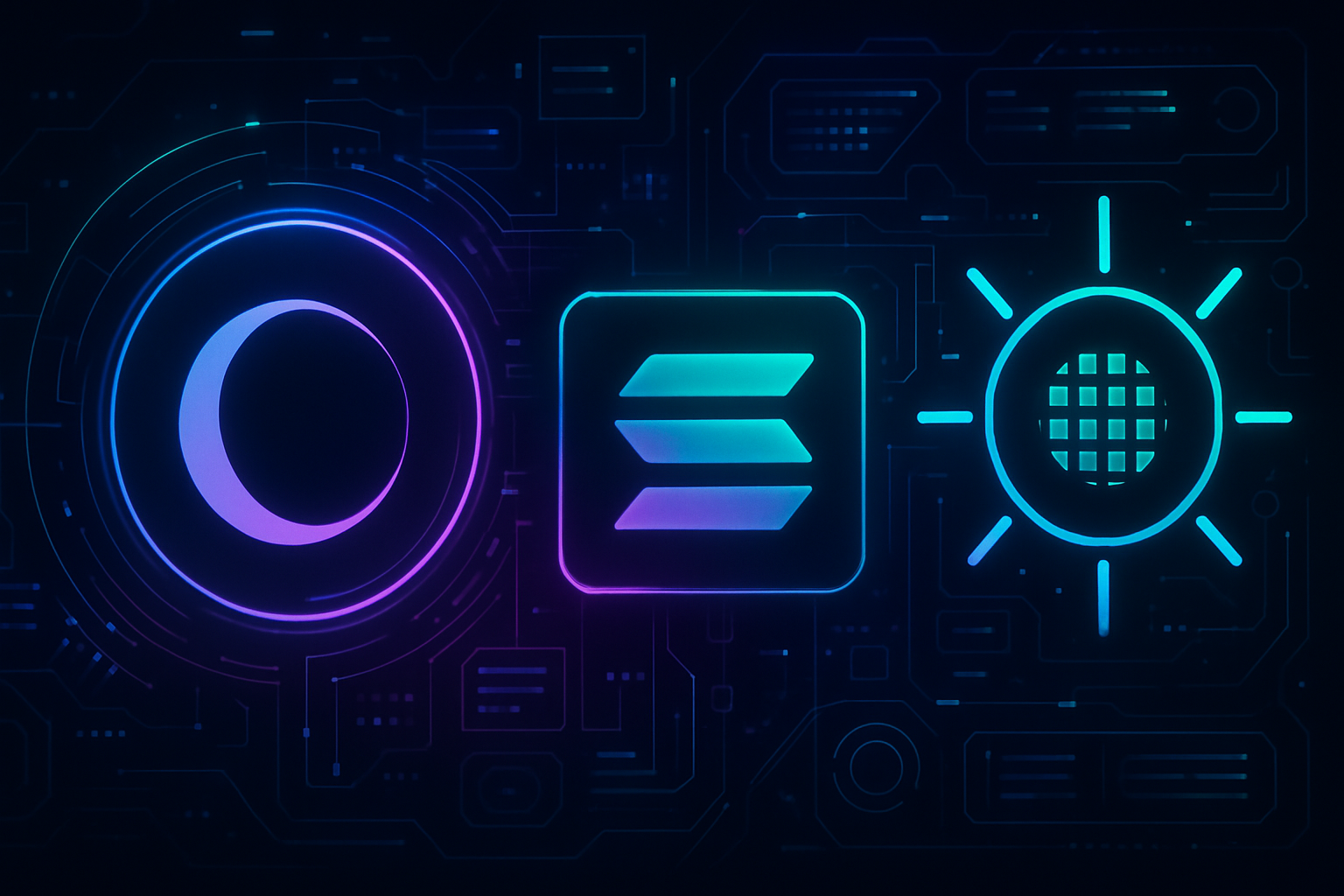
Few developments have generated as much technical excitement as Eclipse’s modular Layer 2, which fuses the Solana Virtual Machine (SVM) with Ethereum’s security and Celestia’s data availability. This hybrid approach is not only reshaping the landscape for SVM rollups on Ethereum, but also setting new standards for throughput, cost-efficiency, and security. In this technical guide, we explore how Eclipse leverages these distinct layers to create a next-generation rollup environment, and what it means for developers and users seeking high performance without sacrificing trust assumptions.

Core Architecture: The Modular Stack Behind Eclipse
At its foundation, Eclipse is a rollup that separates execution, settlement, and data availability into discrete, best-in-class layers. This design is deliberate: by decoupling these functions, Eclipse maximizes flexibility and scalability. The architecture comprises:
- Execution Layer: Solana Virtual Machine (SVM) for parallel, high-throughput processing
- Settlement Layer: Ethereum, providing robust consensus and finality
- Data Availability Layer: Celestia, ensuring scalable, decentralized DA
- Proving Layer: RISC Zero for efficient zero-knowledge fraud proofs
This modularity allows Eclipse to combine the speed and concurrency of Solana with Ethereum’s mature security guarantees and Celestia’s cost-effective data bandwidth. The result is a rollup that can process massive transaction volumes while remaining anchored to Ethereum’s consensus and benefiting from Celestia’s specialized DA layer.
Solana VM on Ethereum: High-Performance Execution Meets Security
Unlike most Ethereum L2s, Eclipse does not rely on the Ethereum Virtual Machine (EVM) for execution. Instead, it uses the Solana Virtual Machine, which is engineered for parallel execution via Solana’s Sealevel runtime. This enables multiple smart contracts to process transactions concurrently, a stark contrast to Ethereum’s single-threaded execution model. Horizontal scaling is achieved across modern hardware, such as GPUs and SSDs, unlocking throughput that rivals Solana’s mainnet while preserving the ability to settle back to Ethereum.
By leveraging the SVM, Eclipse enables developers to deploy Solana-native programs and tap into a high-performance ecosystem, while still accessing Ethereum’s liquidity and security. This is particularly attractive for DeFi protocols and high-frequency trading applications that are bottlenecked by EVM throughput limits.
Celestia Data Availability: Solving the Bandwidth Bottleneck
One of the core innovations of Eclipse is its integration with Celestia for data availability. Traditional rollups posting data to Ethereum are constrained by its limited blockspace and high costs. Celestia, designed specifically as a modular DA layer, allows Eclipse to publish large volumes of transaction data efficiently and economically. This decoupling from Ethereum’s bandwidth bottleneck means Eclipse can scale to support orders of magnitude more activity, without imposing prohibitive costs on users.
Data is posted to Celestia after execution and sequencing, ensuring that anyone can independently reconstruct the state and verify correctness. This approach preserves decentralization while enabling the kind of throughput previously only possible on monolithic chains.
Key Benefits of Celestia Data Availability for Eclipse Rollups
-
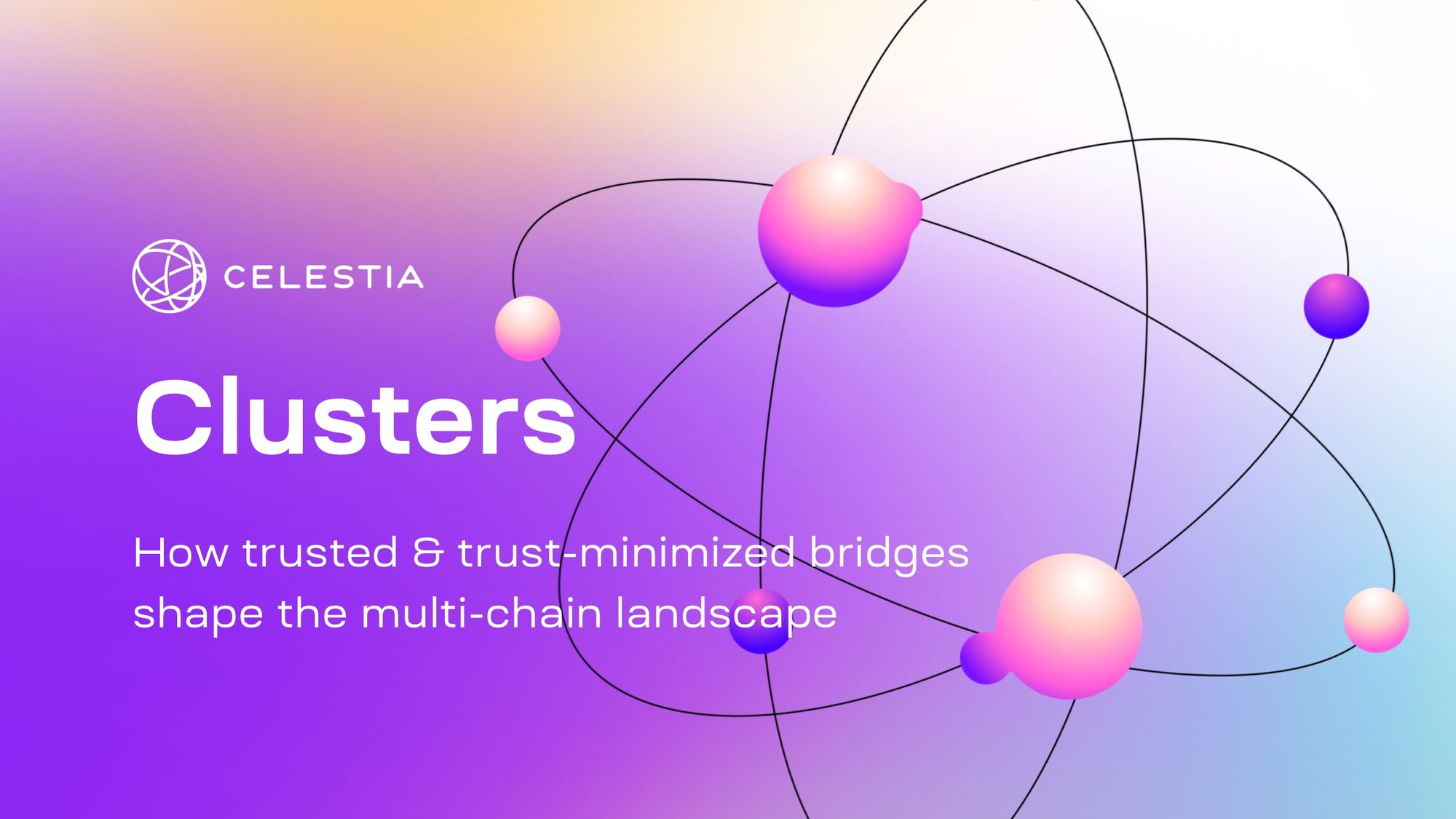
Scalable Data Throughput: Celestia’s modular data availability layer enables Eclipse to handle large volumes of transaction data efficiently, overcoming Ethereum’s bandwidth limitations and supporting high-throughput applications.
-
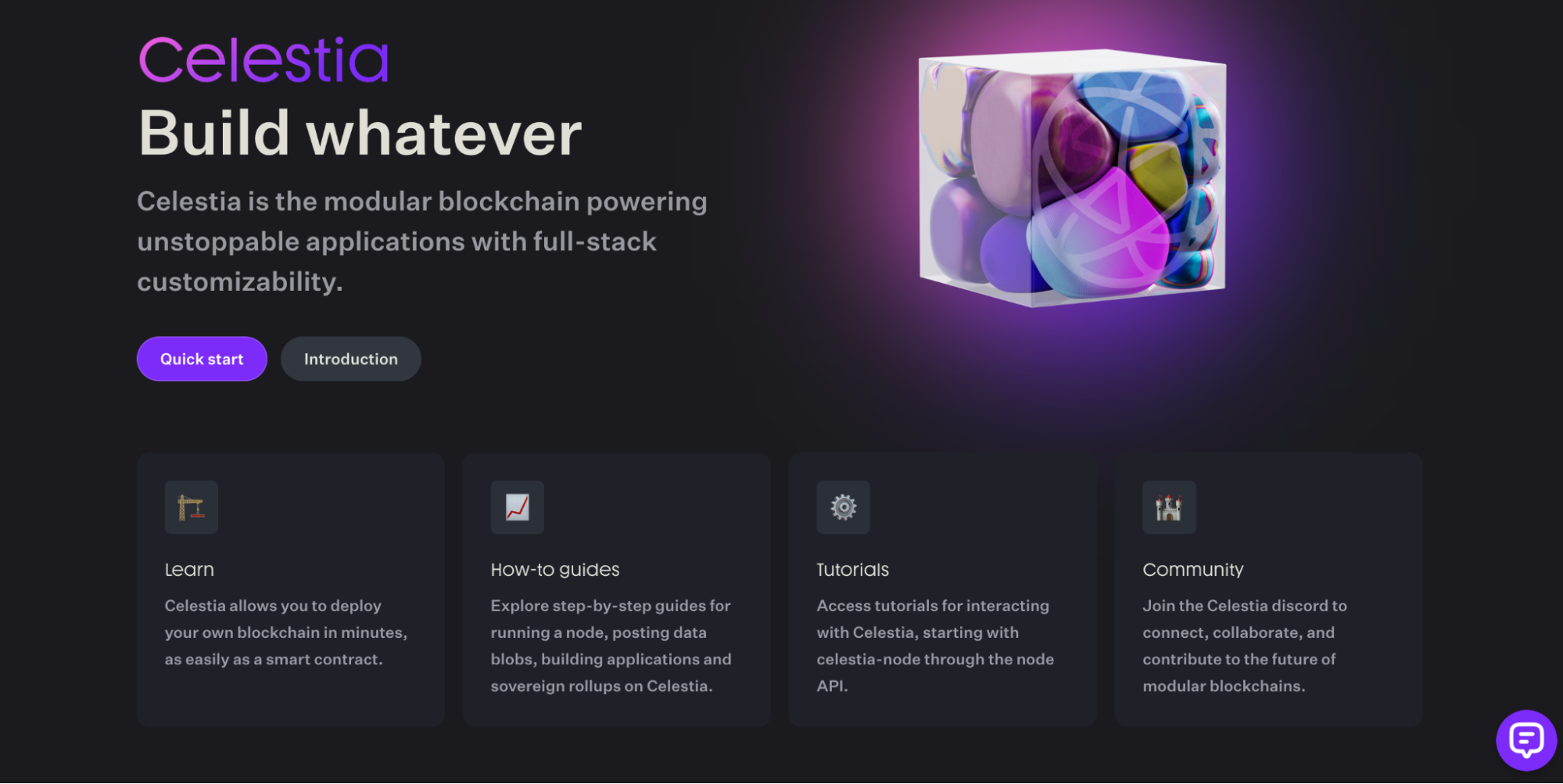
Cost-Efficient Storage: By posting transaction data to Celestia, Eclipse achieves lower data storage costs compared to using Ethereum’s mainnet, making it more economical for users and developers.
-
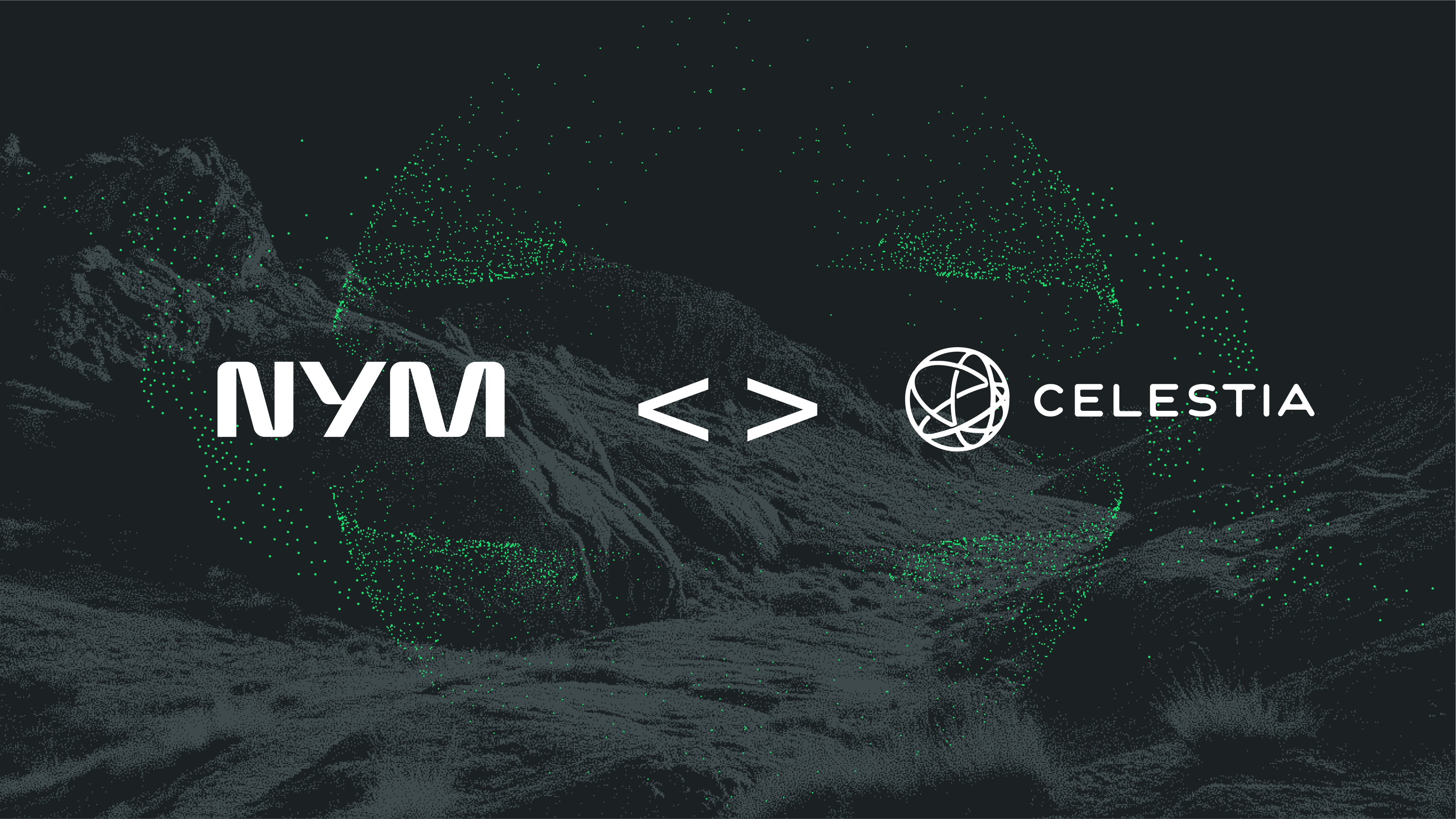
Decentralized and Secure Data Layer: Celestia provides a decentralized network for data availability, reducing reliance on centralized actors and enhancing the security and censorship resistance of Eclipse rollups.
-
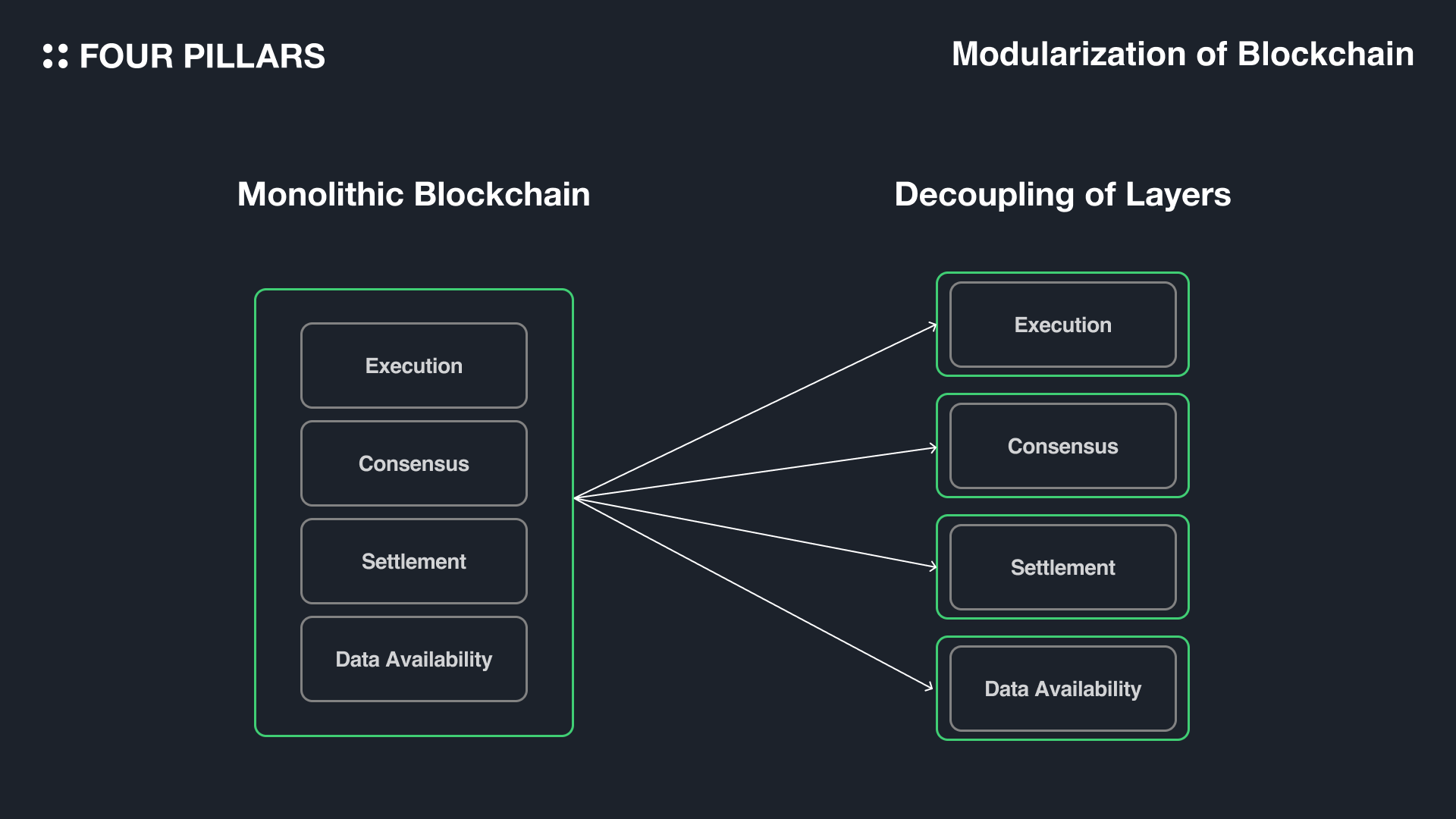
Enables Modular Blockchain Architecture: Celestia’s separation of data availability from execution and settlement allows Eclipse to combine Solana’s execution speed with Ethereum’s security, optimizing performance without compromising on trust assumptions.
-
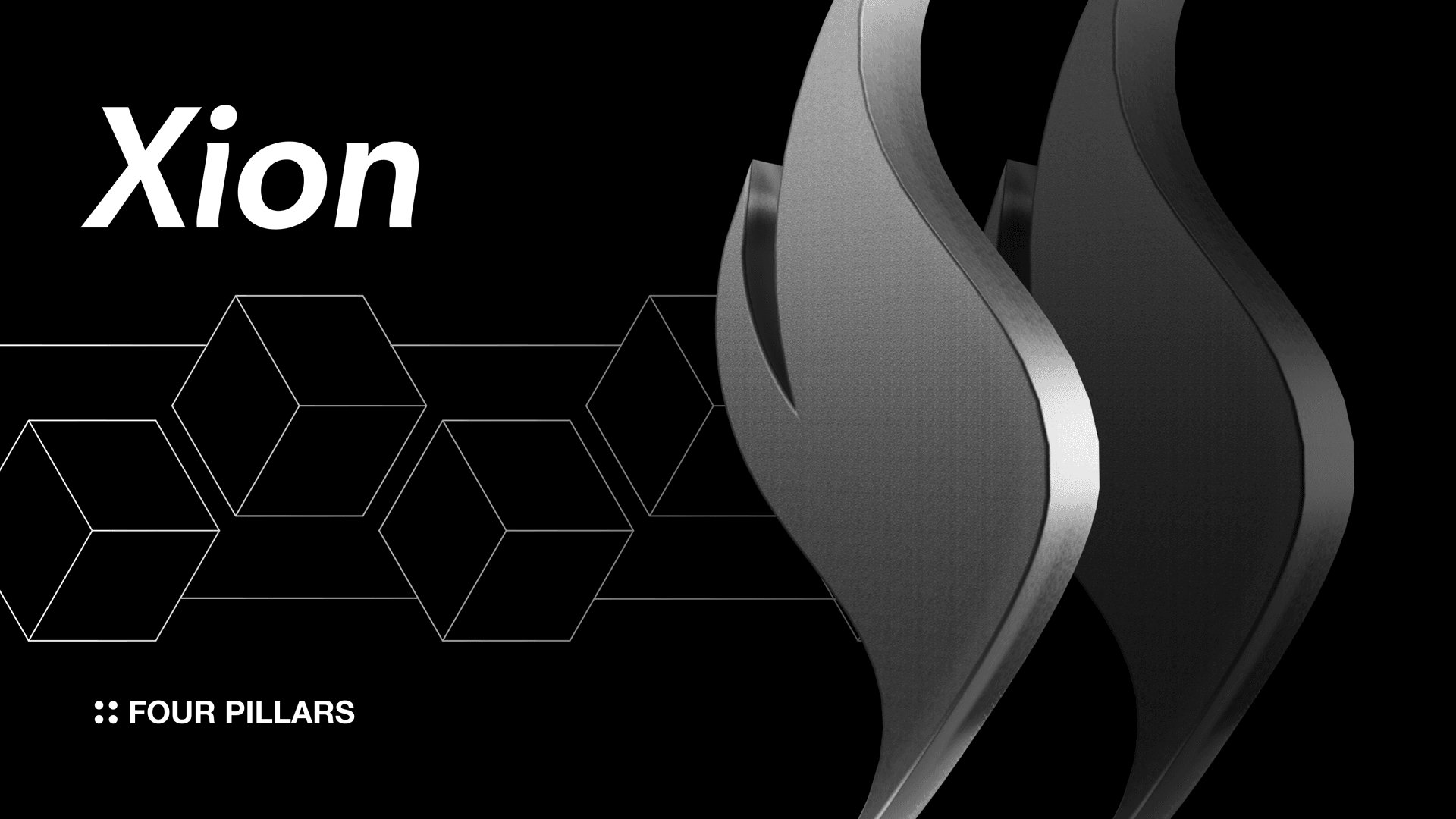
Facilitates Fast and Reliable State Verification: With transaction data readily available on Celestia, fraud proofs and state transitions can be verified efficiently, supporting the integrity and liveness of the Eclipse network.
For further technical details on this architecture, refer to the official Eclipse documentation at docs.eclipse.xyz or the mainnet announcement at eclipse.xyz.
The settlement process is where Eclipse’s architecture truly shines. By anchoring to Ethereum, Eclipse inherits the censorship resistance, liveness, and finality that have made Ethereum the settlement layer of choice for the modular blockchain era. The validating bridge deployed on Ethereum acts as a gatekeeper, ensuring that only valid state transitions, derived from data available on Celestia, are finalized. This mechanism provides strong guarantees to users and developers alike: even in the event of sequencer misbehavior or data withholding, fraud proofs submitted via RISC Zero can challenge and revert invalid transitions.
For developers, this means that applications built on Eclipse can enjoy Solana-level performance while still settling to Ethereum’s robust security perimeter. The native use of ETH for gas also simplifies user onboarding, as existing Ethereum wallets and infrastructure remain compatible. Meanwhile, the execution environment is fully SVM-compatible, enabling seamless deployment of Solana-native programs and facilitating cross-ecosystem composability. This unlocks a new paradigm for dApps seeking both speed and trust minimization.
Workflow in Action: From Transaction to Finality
Let’s break down a typical transaction lifecycle within Eclipse:
1. User submits a transaction to an Eclipse node, which executes it using the SVM runtime.
2. The sequencer batches transactions and computes the resulting state differences.
3. State diffs and transaction data are published to Celestia for decentralized data availability.
4. Ethereum’s bridge contract monitors Celestia to validate that posted data matches the claimed state transition.
5. Fraud proofs (if necessary) can be submitted via RISC Zero to contest invalid transitions, ensuring the chain remains honest.
This flow combines high throughput (thanks to SVM), scalable DA (via Celestia), and ironclad security (through Ethereum), making Eclipse a compelling choice for builders demanding both speed and trust.
Why Eclipse Matters: The Future of Modular Rollups
Eclipse isn’t simply an incremental upgrade; it’s a reimagining of what Layer 2s can achieve by combining best-in-class modular components. Developers can now deploy high-frequency trading platforms, gaming applications, and DeFi protocols that were previously infeasible on EVM-centric rollups due to throughput constraints. The separation of concerns across execution, settlement, and data availability also means each layer can evolve independently, future-proofing the stack against emerging innovations in cryptography and consensus.
Key advantages for builders and users include:
Key Benefits of Eclipse’s Hybrid Modular Rollup
-
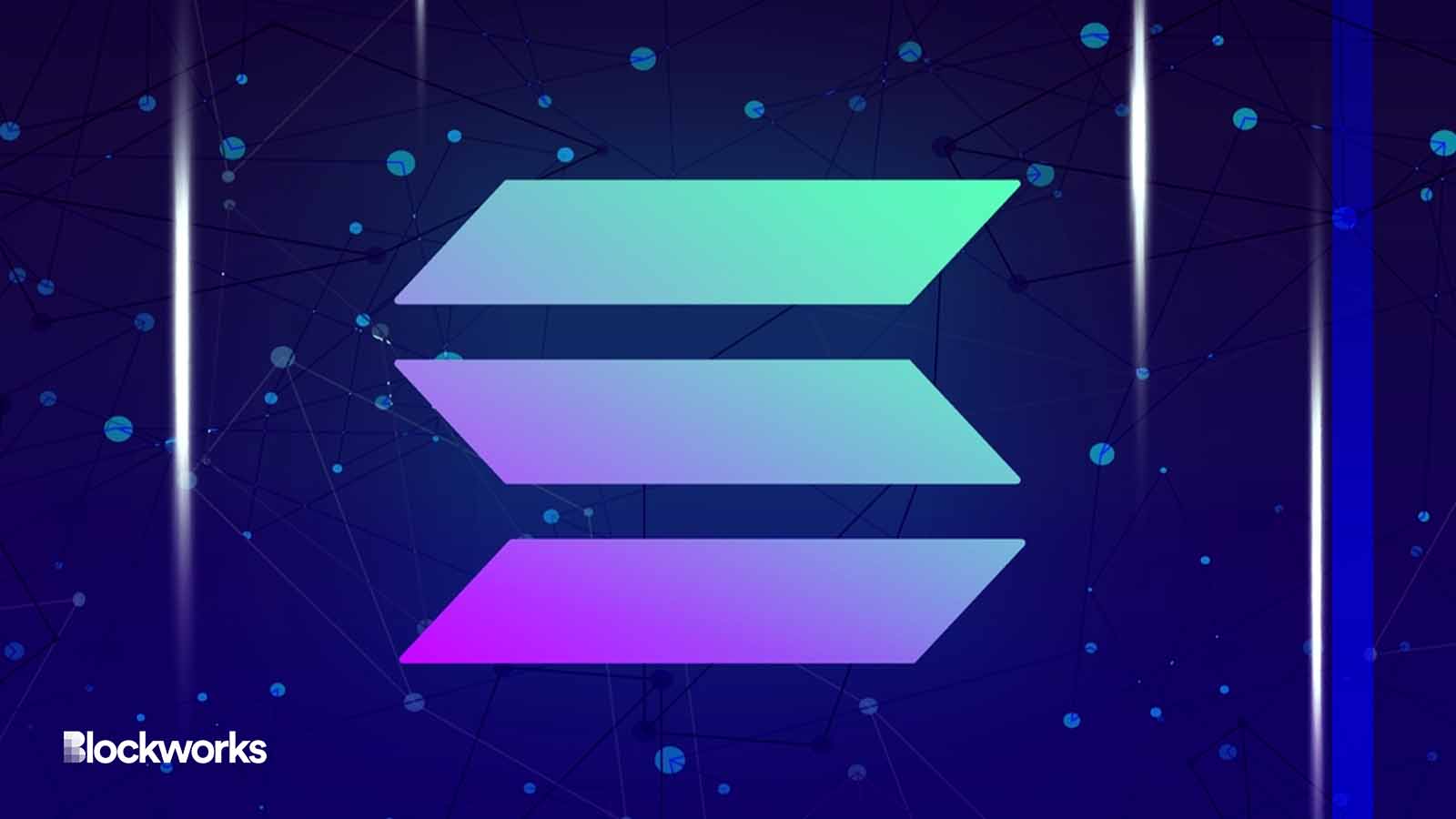
Combines Ethereum’s Security with Solana’s Speed: Eclipse settles transactions on Ethereum, leveraging its robust security and finality, while using the Solana Virtual Machine (SVM) for high-performance, parallel execution. This offers developers and users the best of both worlds: Ethereum-grade security and Solana-level throughput.
-
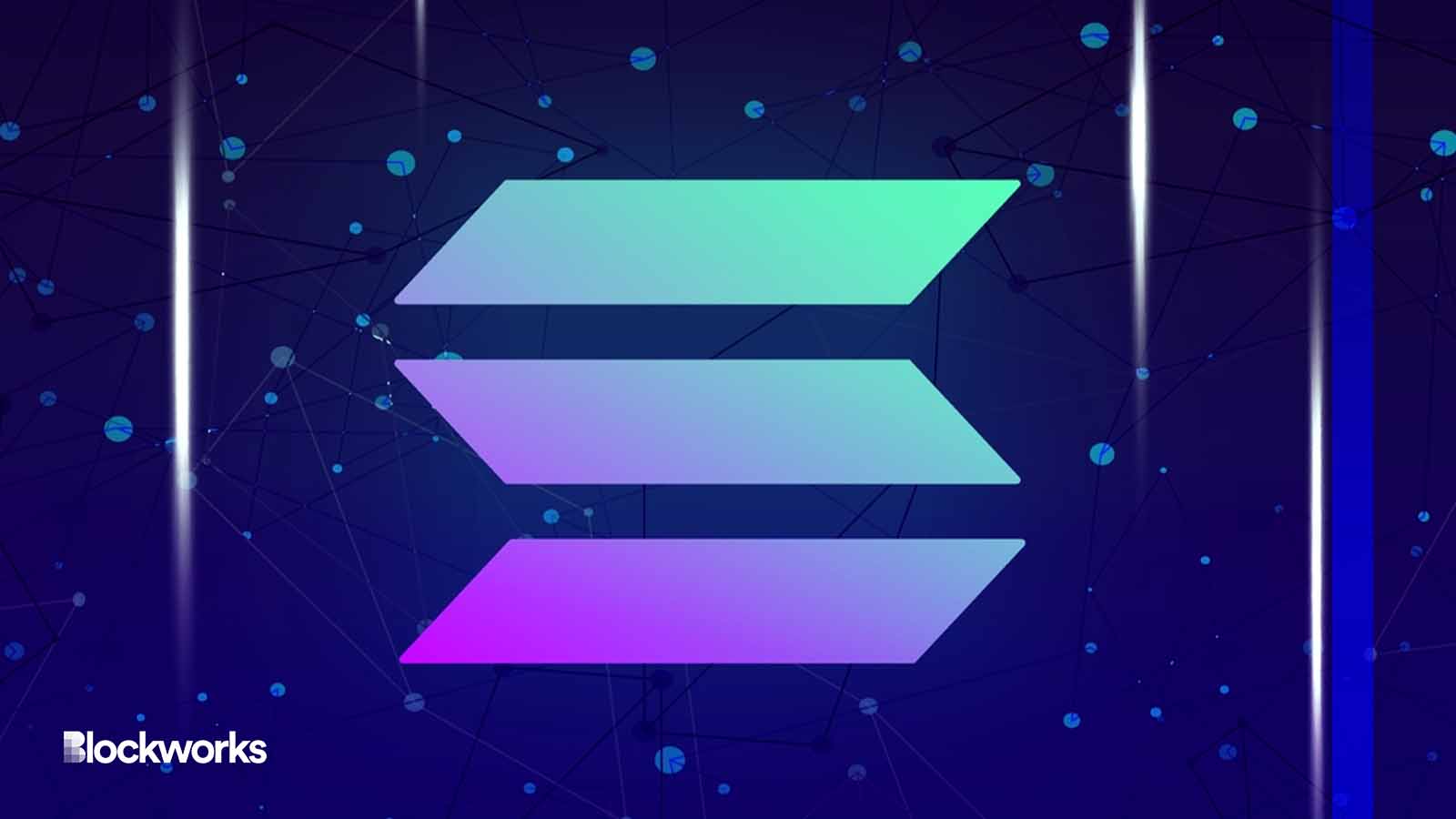
Scalable and Cost-Effective Data Availability via Celestia: By utilizing Celestia’s modular data availability layer, Eclipse can post large volumes of transaction data efficiently and at a lower cost than relying solely on Ethereum’s bandwidth, enabling higher transaction throughput and reduced fees for end-users.
-
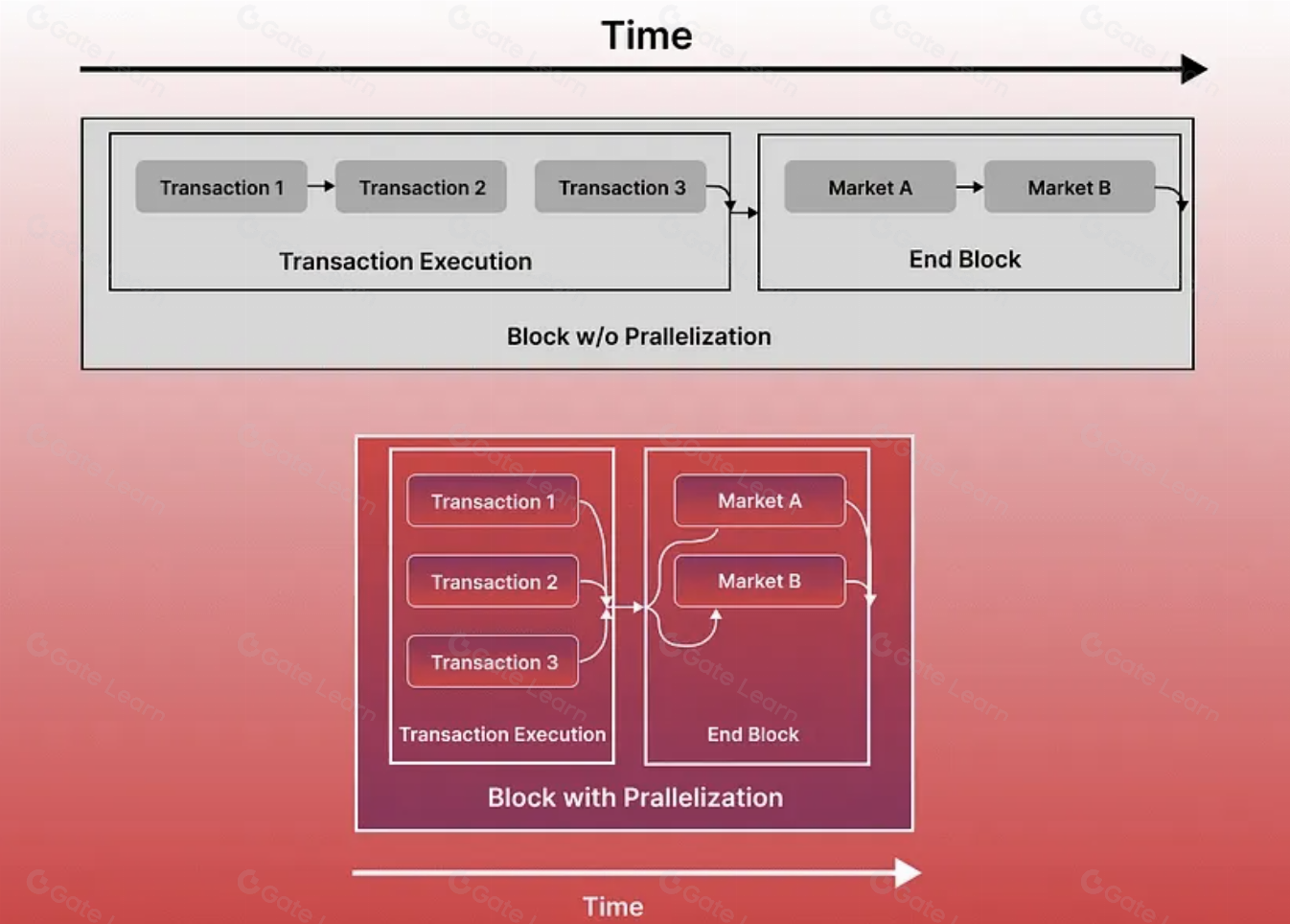
Parallel Execution for Superior Performance: The SVM execution layer enables concurrent processing of transactions through Solana’s Sealevel technology, allowing decentralized applications to scale horizontally and handle significant user demand without bottlenecks.
-
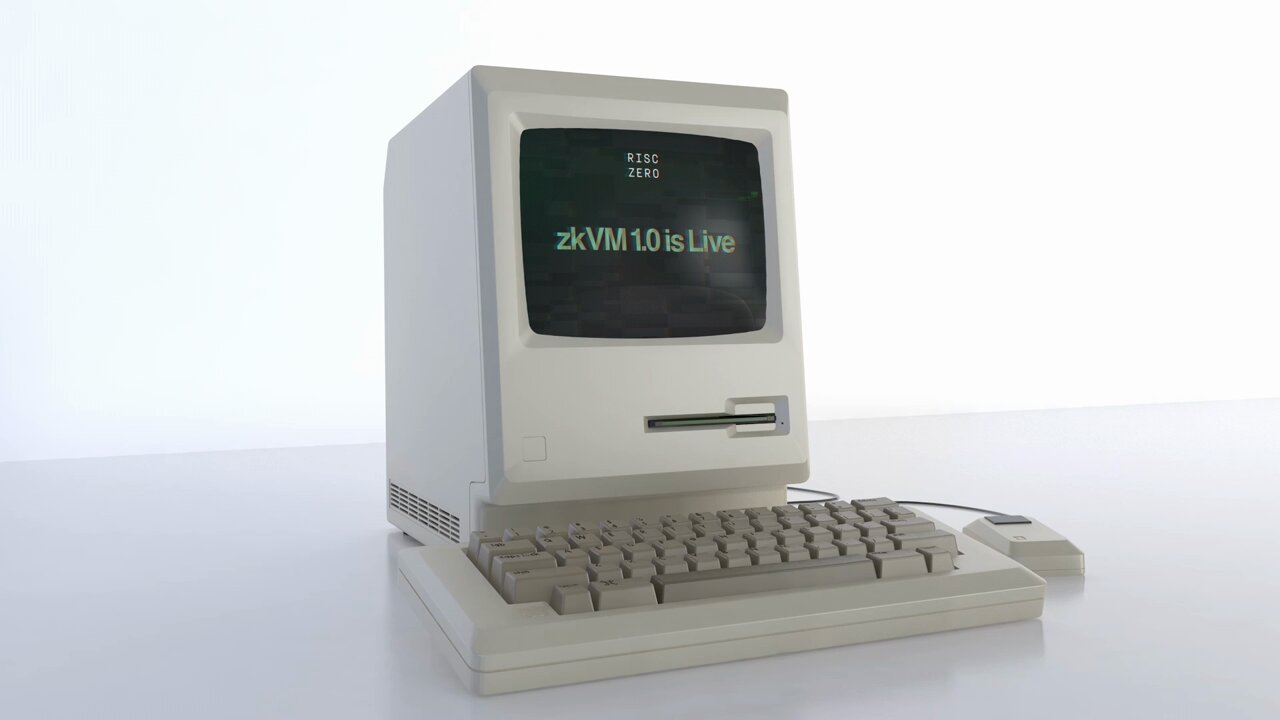
Robust Fraud Prevention with RISC Zero ZK Proofs: Eclipse integrates RISC Zero for zero-knowledge fraud proofs, ensuring that any invalid state transitions can be efficiently challenged and corrected, which enhances trust and integrity in the network.
-
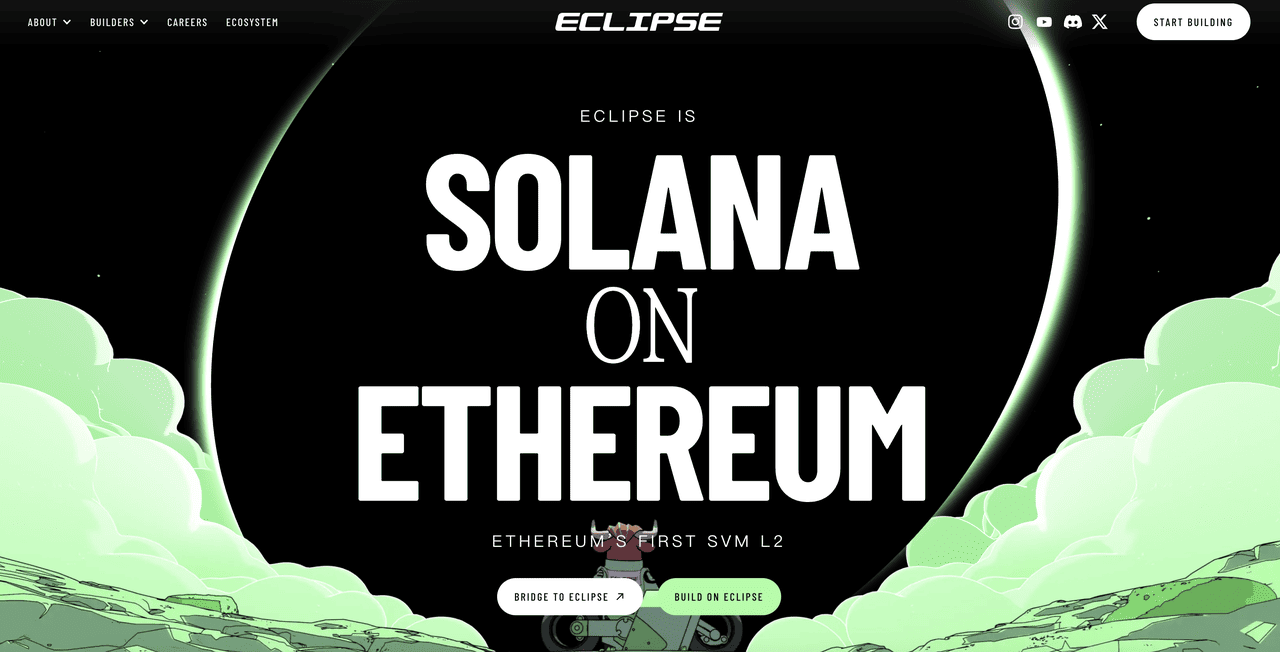
Seamless Developer Experience and Ethereum Compatibility: Developers can deploy Solana-native smart contracts while benefiting from Ethereum’s ecosystem, tooling, and assets, including using ETH as the native gas token for transactions.
The collaboration between Eclipse, Celestia, and Ethereum is more than just technical synergy; it represents a philosophical commitment to open composability, scalability, and security. As more projects leverage this architecture, we anticipate a wave of new applications that push the boundaries of what’s possible in decentralized finance and beyond.
For those interested in exploring Eclipse further, consult the official documentation at docs.eclipse.xyz or review their mainnet announcement at eclipse.xyz.












